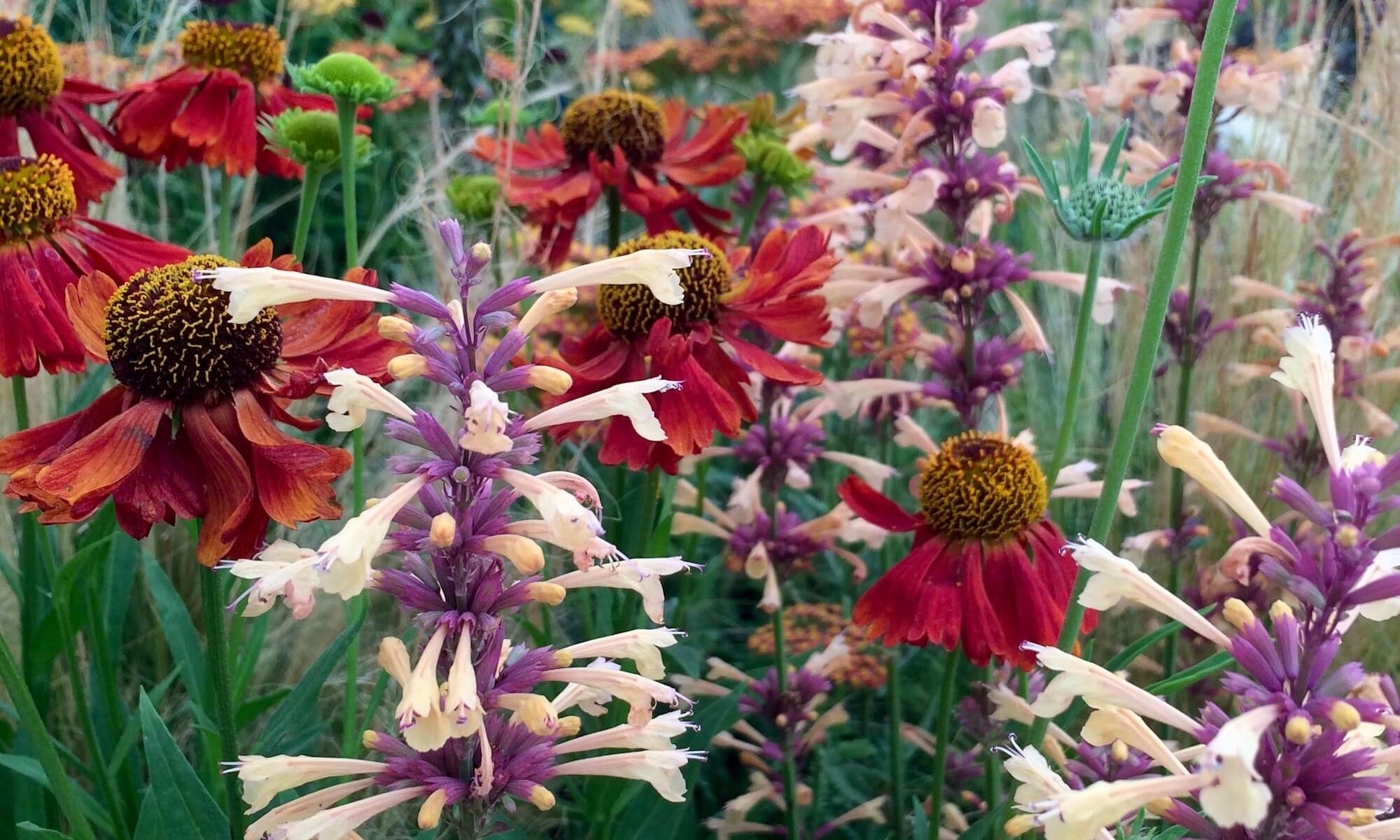
Hibiscus mutabilis is a very striking mallow that produces huge flowers, similar in form to a double rose or peony. As ‘mutabilis’ (changeable) suggests, the flowers mature from white through pink to red, displaying flowers of all three colours on the same shrub. Well, that’s what Wikipedia says.
We found this plant growing in a cemetery in South Mississippi. In stature, it was as magnificent as its flowers: considerably taller than me, and nearly as wide as it was tall. It seemed to be fending for itself in the full sun with no ill effects other than slightly droopy leaves.
Call me a nitpicker, but this is a ‘plain’ pink double form. It’s the same colour in the bud as in the open flower, as shown here – just one shade of pink. An immutable mutabilis, we might say.
I’ve tried everything I can think of to discover its botanical name, although the plant must be familiar to gardeners in Texas or Mississippi. My sweetheart came over all I dunno when asked, then put some feelers out to his well-respected buddies. They are agreed that at least three forms of Hibiscus mutabilis are commonly grown as passalong plants. A form with single flowers is less often seen than two double forms – one that changes colours, and this one that does not. But its botanical name remains a mystery.

I did find an illustrated reference to a pink form labelled Hibiscus mutabilis ‘Plena’, which has to be my best guess. To my eye, the flower is more fully double than the one illustrated here and has a shorter inner ruff of petals.
Perhaps it is one of those plants that hardly needs a botanical name. Whatever it proves to be, I’m a fan. I appreciate its harmless excess. I like the way its petals have the ribbed effect that is so characteristic of the mallow family.

One of the qualities of the climate in the Southern States of America that always takes me by surprise is its ability to produce great amounts of plant material so quickly. It seems incredible that a plant like this could be cut back to the ground by a winter frost and have sprung back to be a 4 m / 12 ft tree-like, multi-stemmed shrub by autumn. We Lancastrians should not think of trying this back home.
Shared for Cee’s Flower of the Day

A marvellous post on a beautiful flower. The hibiscus, red is my favourite flower 🌺🌺🌺
There are some remarkable colours of hibiscuses. I chanced upon a hibiscus society exhibition once in Florida and I’ve never seen such colours. They had ones with metallic sheens. The lighting was tricky and I didn’t get any really good shots of them, I don’t think, or I’d share them.
Oh how wonderful! I’ve only seen the main ones, red, blue, pink…What a marvellous sight that must have been 🌺🌺🌺
I have a pink single version but know it as a Confederate rose, never realized it had such different common names!
I often think the better loved a flower, the more folk names it has.
I like this flower so much!!! Thank you Susan for the marvelous pictures of it!
That makes me feel even more happy to have shared it. 🙂
What a beautiful color! Great post, amazing images and interesting to read about this beauty.
I’d have loved to be able to out a name to it. I was half-hoping someone would let me know, but nothing so far.
Absolutely stunning 😀
Thanks, Cee.
You’d hate to live here, Susan. Trees and shrubs are routinely butchered at the end of their flowering cycle, and often look truly pitiful. Fortunately they recover very fast. We have tree hibiscus(or maybe rose of sharon- I’m not at all knowledgeable when it comes to names/species) growing in our street and it won’t be long before the council workers arrive wielding hatchets :(. Irrelevant, I know- but I really like your pretty mallow. 🙂 🙂
I don’t generally have much problem when plants are cut back. The only things that really make me wince are the trees in the US that are butchered to allow overhead power lines through. A tree with the left or right half of the top taken out just looks weird. There are so many too.
Whatever its true name is it’s a lovely colour and very pretty 🙂
I’m glad you liked it.
Great post and pics, such a pretty flower, I also like the ribbed effect of the petals 👌
It’s a nice detail, isn’t it.
It looks the same as the one I had growing in my old garden in Sydney, but I didn’t know its name either. Our black cat used to pick the flowers and bring them to us. Much nicer than a mouse!
How amazing! I wonder why he or she would do that?
He was a cat with an amazing personality and some very unusual skills…like retrieving a small ball!
My sweetheart could never get his rescue dog to do that. 🙂
Very cagey of you to hide those buds in that teaser shot. You might have heard me gasp when I opened it. I think that somewhere in its ancestry there lurks a hollyhock. What’s wrong with Hibiscus immutabilis for a botanical name? If I knew the Latin word for ruffles, I’d add that in. It’s hard to think of this as plain!
If it were up to me, that would work fine. Luckily it is not. I would not care to have to make up names for plants then to keep changing them when they turned out to be related to something else.